11 devastating pictures from the 1947 Partition
American photographer Margaret Bourke-White's captures some of the moments that affected millions of lives
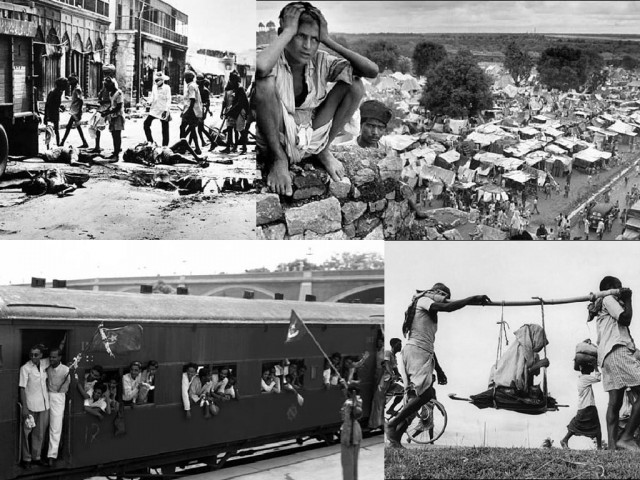
PHOTOS: MARGARET BOURKE-WHITE
During the horrific period of partition in 1947, an American documentary photographer, Margaret Bourke-White, captured some of the crucial moments of that time that sum up what partition was like and how it affected millions of lives.
Bourke-White was the first American female war photojournalist, and the first female photographer for Henry Luce's Life magazine.
The following photographs that Bourke-White took appeared in Indian novelist Khushwant Singh’s book Train to Pakistan:
*WARNING: Some images contain graphic content.
1. Several people board the train to the other side of the border in search of a new life. PHOTO: MARGARET BOURKE-WHITE

2. A train leaving for Pakistan being given a warm send-off. PHOTO: MARGARET BOURKE-WHITE

3. Over 10 million people were displaced from their homeland and travelled on foot, bullock carts and trains to their promised new home. PHOTO: MARGARET BOURKE-WHITE

4. An elderly, abandoned Muslim couple and their grandchildren sit by the roadside. "The old man is dying of exhaustion. The caravan has gone on," wrote Bourke-White. PHOTO: MARGARET BOURKE-WHITE

5. During the summer of 1947, over a million people were slaughtered on both sides in the riots. These are the bodies of the victims being picked up from a city street. PHOTO: MARGARET BOURKE-WHITE

6. Two men carry an elderly woman on a makeshift stretcher. PHOTO: MARGARET BOURKE-WHITE

7. "The street was short and narrow. Lying like the garbage across the street and in its open gutters were bodies of the dead," writes Bourke-White's biographer Vicki Goldberg of this scene. PHOTO: MARGARET BOURKE-WHITE

8. A young refugee sits on the walls of Purana Qila, transformed into a vast refugee camp in Delhi. PHOTO: MARGARET BOURKE-WHITE

9. Men, women and children who died in the rioting were cremated on a mass scale. Villagers even used oil and kerosene when wood was scarce. PHOTO: MARGARET BOURKE-WHITE

10. The migration was a "massive exercise in human misery," wrote Bourke-White later. PHOTO: MARGARET BOURKE-WHITE

11. Women were left to fend for themselves after their husbands were killed in riots. PHOTO: MARGARET BOURKE-WHITE

A slideshow of these pictures originally appeared on BBC News.

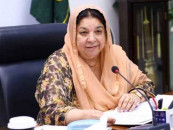
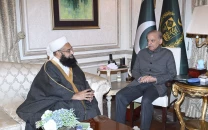
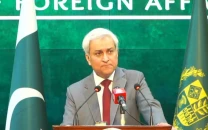

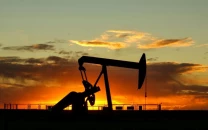
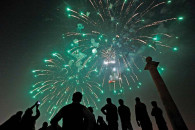












COMMENTS
Comments are moderated and generally will be posted if they are on-topic and not abusive.
For more information, please see our Comments FAQ